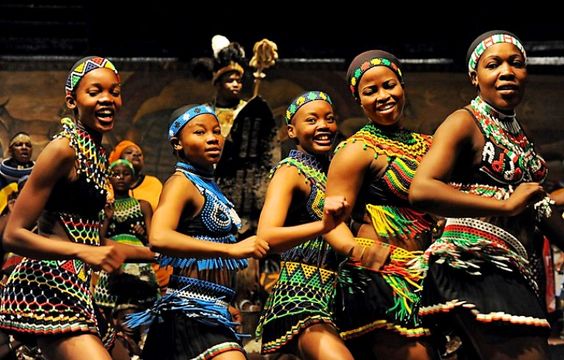The idea of the Black Girls Magazine was born after Annette Bazira-Okafor, a Ugandan mother living in Canada realized that the magazines her daughters and her friends were reading had something missing, no true representation of the experiences of black girls. Bazira-Okafor, a PhD student at U of T’s Ontario Institute for Studies in Education, decided to create Black Girls Magazine to address the exclusion of the experiences and lived realities of young black girls.
The idea of the Black Girls Magazine was born after Annette Bazira-Okafor, a Ugandan mother realized the magazines that her daughters and her friends were reading had something missing, no true representation of the experiences of black girls.
That’s when Bazira-Okafor, a PhD student at U of T’s Ontario Institute for Studies in Education, decided to create Black Girls Magazine to bridge the racial and cultural gaps.
Bazira-Okafor told CBC Toronto, how she wanted her daughters to see themselves in the magazine they always flip through. She recalls bitterly how her nine year old daughter was going through a magazine in a grocery and could not find what represent her as black child or anything to do with black materials.
“As a mother, I have seen it. But I realized it was something that was probably way worse than I had actually thought it to be,” Bazira-Okafor told CBC Toronto.
Through the Black Girl Magazine, young black girls can now be able to identify with the content of a magazine, which recognizes, and acknowledges their subjective social, cultural and religious experiences. The magazine contains a collection of pictures, cartoons and written articles by students aged nine to 13.
The magazine is uniquely created with illustrations and designs by “black girls for all girls”, it is published twice a year as print magazine for ages eight and up.
According to the magazine website, it also offers opportunities for other black girls to write and contribute stories, art work, and anything of interest they would like to see or read about in BGM. It also ensures that the girls who contribute to the magazine do so with full parental knowledge and consent of their parents.
The exclusion of the lived experiences of black youths in children’s magazines is an act of prejudice and a form of racial discrimination. The exclusion creates a white norm, which others the experiences and realities of subordinate groups, and or cultures.
The African-American writer and activist W. E. B. Du Bois describes the phenomenon as “double-consciousness, a term describing the internal conflict experienced by subordinated groups in an oppressive or discriminatory society. The phenomenon also occurs when black people experience reality not through their own eyes, but through the gaze of a society that prejudges and discriminates them. The magazine essentially aims to change such anomalies, in order to normalise the experiences and representations of black girls.
Read: Racism remains South Africa’s enduring problem
“The fact that they can write and they can draw is a way for them to actually put their own stories, their own experiences, their own images and representations into the mainstream and validate who they are as black girls. You open the pages and it has black girls on there and it makes them feel like they are important. I think it should be a little equal between races. In this magazine, we want to make that different,” Bazira-Okafor told CBC Toronto.
Source: Ugandan mother launches Black Girls Magazine in Canada to fight exclusion – This Is Africa





